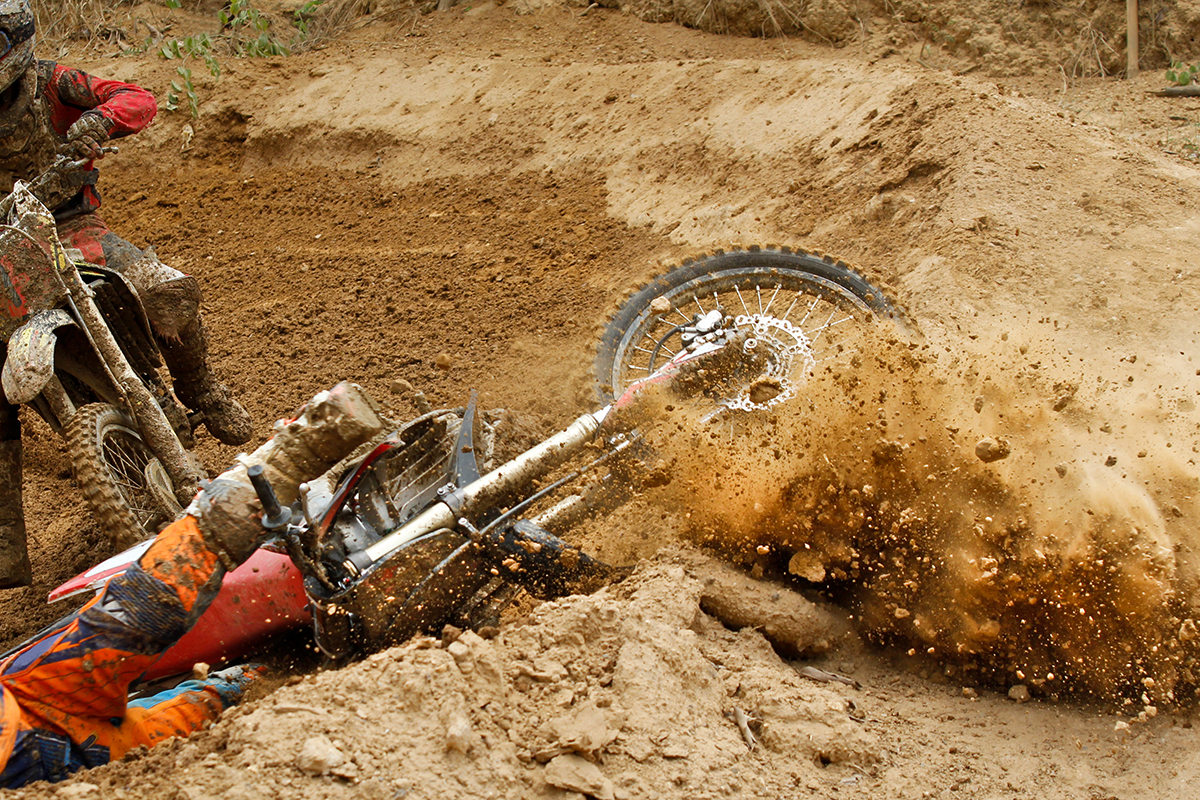The cervical vertebrae, or neck, are made up of seven bones. They hold the head up and link it to the shoulders and the rest of the body. A broken neck is what most people call a fracture or break in one of the vertebrae in the neck. Most cervical fractures are caused by high-energy injuries, like car accidents or bad falls. A cervical fracture can happen when an older person falls on the ground, like when they fall off a chair. Athletes that play contact sports are also at risk. In sports, a cervical fracture can occur if:
- A football player “spears” an opponent with his head
- An ice hockey player is struck from behind and rams into the boards
- A gymnast misses the high bar during a release move and falls
- A diver strikes the bottom of a shallow pool
Emergency Response for a Broken Neck and How to Survive
Because the spinal cord, which connects the brain to the rest of the body through the central nervous system, runs through the middle of the vertebrae, any damage to them can be very serious. When the spinal cord is injured, it can lead to paralysis or even death. If the spinal cord is injured at the level of the cervical spine, the whole body from the neck down can be paralyzed for a short time or permanently.
In a serious accident, the neck should be held still or immobilized using a neck collar, until X-rays are taken and a doctor looks at them. If someone is unconscious, emergency medical workers will assume that they have hurt their neck and act accordingly. The person may go into shock and become paralyzed, either temporarily or permanently. However, if the patient is conscious, they may or may not have a lot of neck pain. They may also feel pain in their shoulders or arms if a nerve in their neck is being pinched by a vertebra. At the back of the neck, there may be some bruising and swelling, and the doctor will do a full neurological exam to see how well the nerves are working. He or she may also ask for more imaging tests, such as an MRI or CT, to see how bad the injuries are.
Neck Injury Diagnosis
As soon as you think you might have hurt your neck, you should see a specialist. Our spine surgeons at TOC have been diagnosing and treating these conditions for years. Most likely, your exam will include:
- Evaluation of your medical history. Your doctor will ask you about your health history and how you got hurt
- Your doctor will look at your neck to see if there are any signs of paralysis
- Imaging tests—Your orthopedist will use X-rays, MRI scans, or CT scans, among other things, to look at your broken bone and other internal structures
What are the Symptoms of a Broken Neck?
It’s important to seek emergency help right away if you go through a sudden blow or fall on your neck or spine and have any of the following symptoms:
- Neck pain, which can range in severity
- Loss of feeling, or numbness, in the arms or legs
- Weakness in muscles
- Arms or legs that don’t work
- Swelling
- Bruising
Neck Fracture Treatment Options
The treatment will depend on which of the seven vertebrae in the neck is broken, what kind of break it is, and how severe.
- Neck brace or collar – If you have a minor break, you wear a neck brace or collar for up to 8 weeks to aid the healing process. While your neck is healing, these devices keep the neck straight
- Traction – If you have a broken bone that is severe or unstable, you may need traction. Traction doesn’t let you move around much. To keep your spine still, you’ll need to wear rigid braces or a halo vest, and you won’t be able to drive or do other things during this time. While your broken bone heals, this treatment can take up to 12 weeks
- Surgery – If a neck fracture causes a lot of damage, it may be necessary to have surgery to relieve pressure on the spinal cord or take out any damaged disks. Overall, the goals of surgery for a broken neck are to keep or improve nerve function, stabilize the spine, and reduce pain. Most of the time, this is done by joining the bones together. During surgery, the neck bones are often fused using small metal screws and rods to stabilize the spine, which is called a posterior cervical fusion. Front-of-neck decompression and fusion, with or without a metal plate and screws, is another option. For really bad fractures, surgery may need to cut in both the front and the back. For a patient with a spinal cord injury to have the best chance of getting better, a surgery called “decompression” may be needed to take bone fragments off the spinal cord.
How to Prevent Neck Fractures
The number of cervical fractures caused by sports has gone down because equipment has gotten better and rules have changed. You can help yourself and your family stay safe if you:
- When you drive or ride in a car, you should always wear a seatbelt
- Don’t dive in a shallow part of the pool, and make sure kids are properly watched when they swim and dive
- Wear the right safety gear for your sport and follow all safety rules, like having a spotter and the right padding mats
- For older people, you should check their homes to make sure they are safe. Small changes, like taping down rugs and putting aids near toilets and showers or tubs, can help lower the risk of falling
Did you or a loved one experience a neck injury and you’re concerned about it being a possible fracture? Check out our locations here to see which one is closest to you, or give us a call at (865)690-4861 to set up an appointment.




